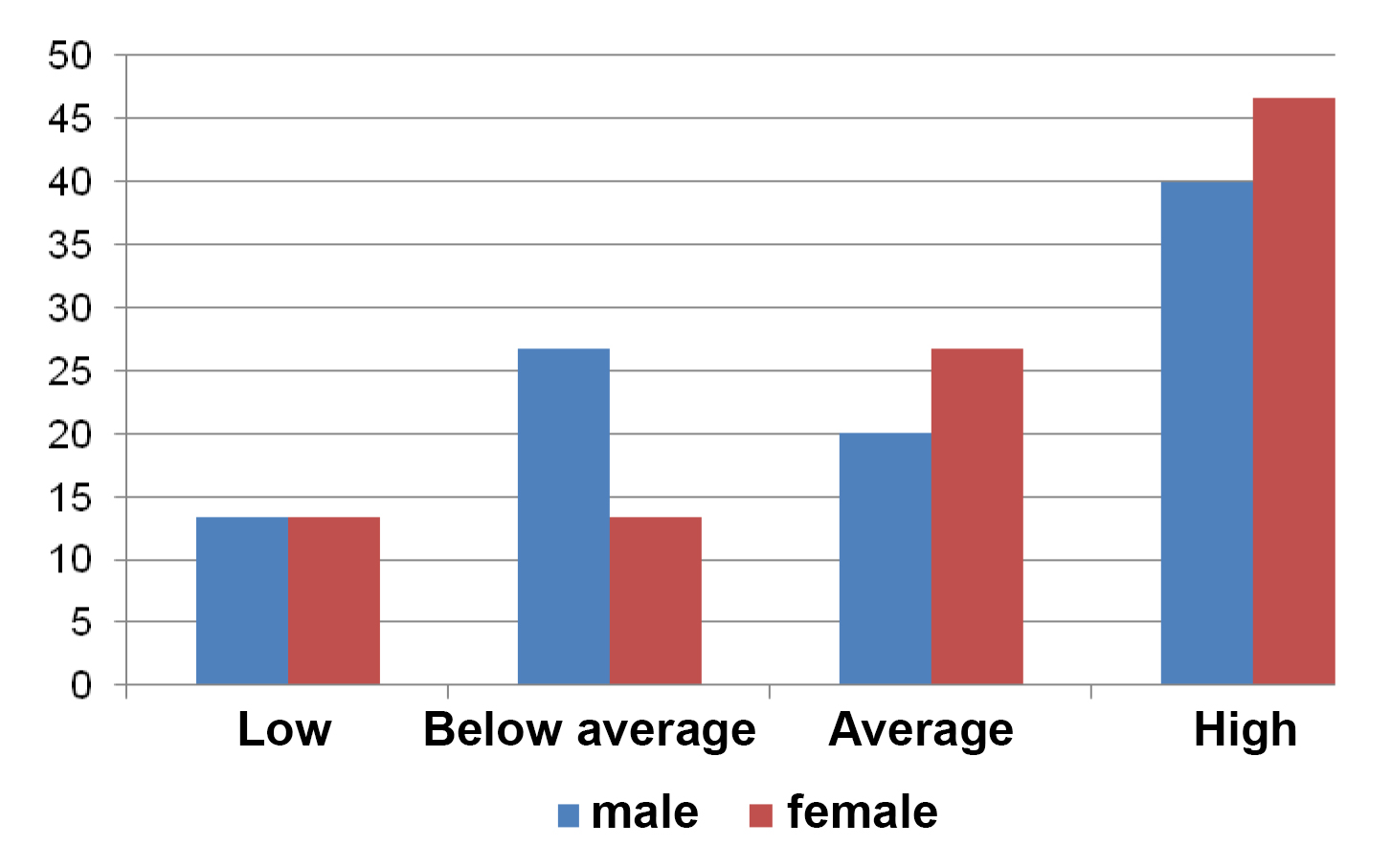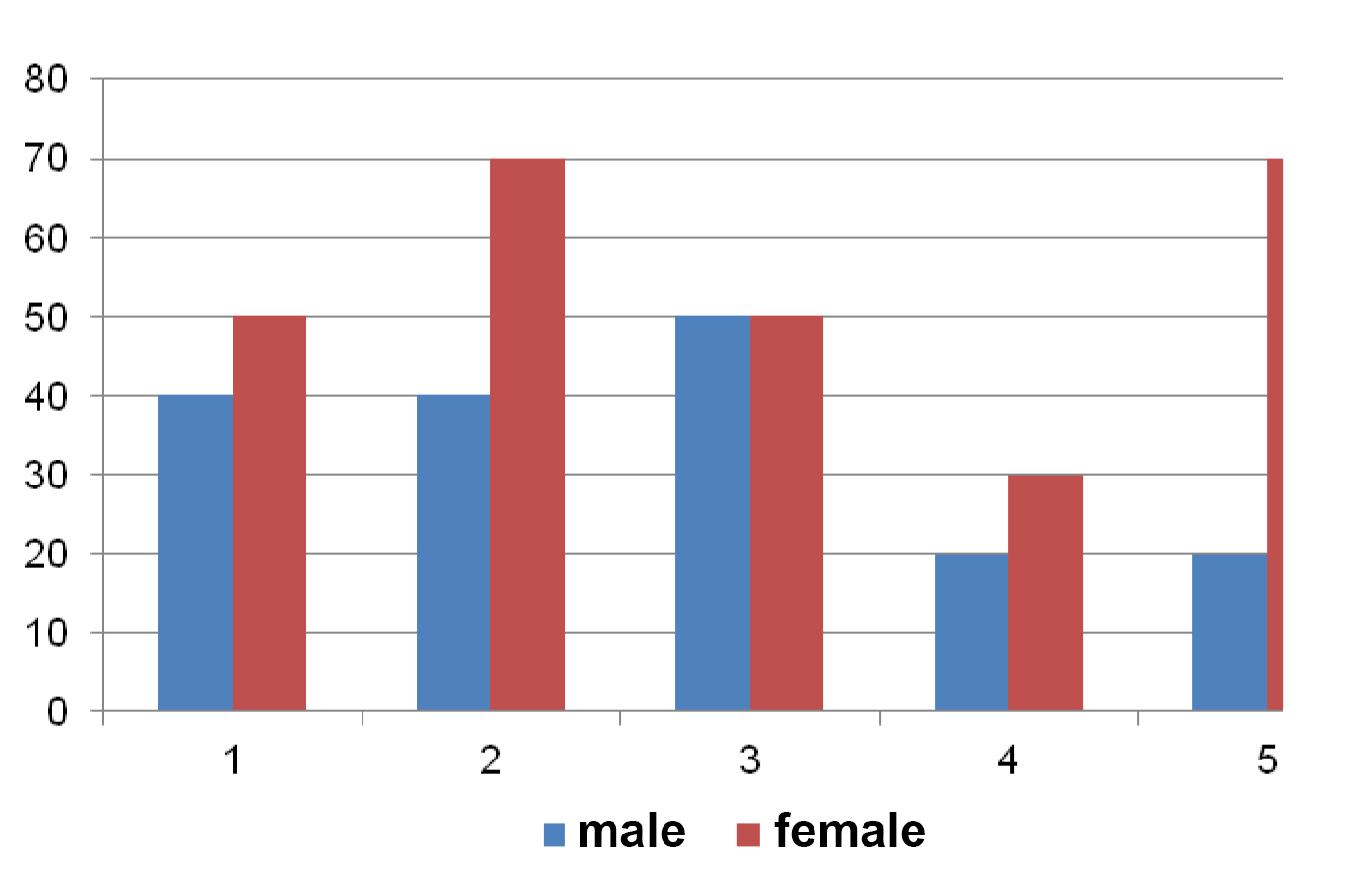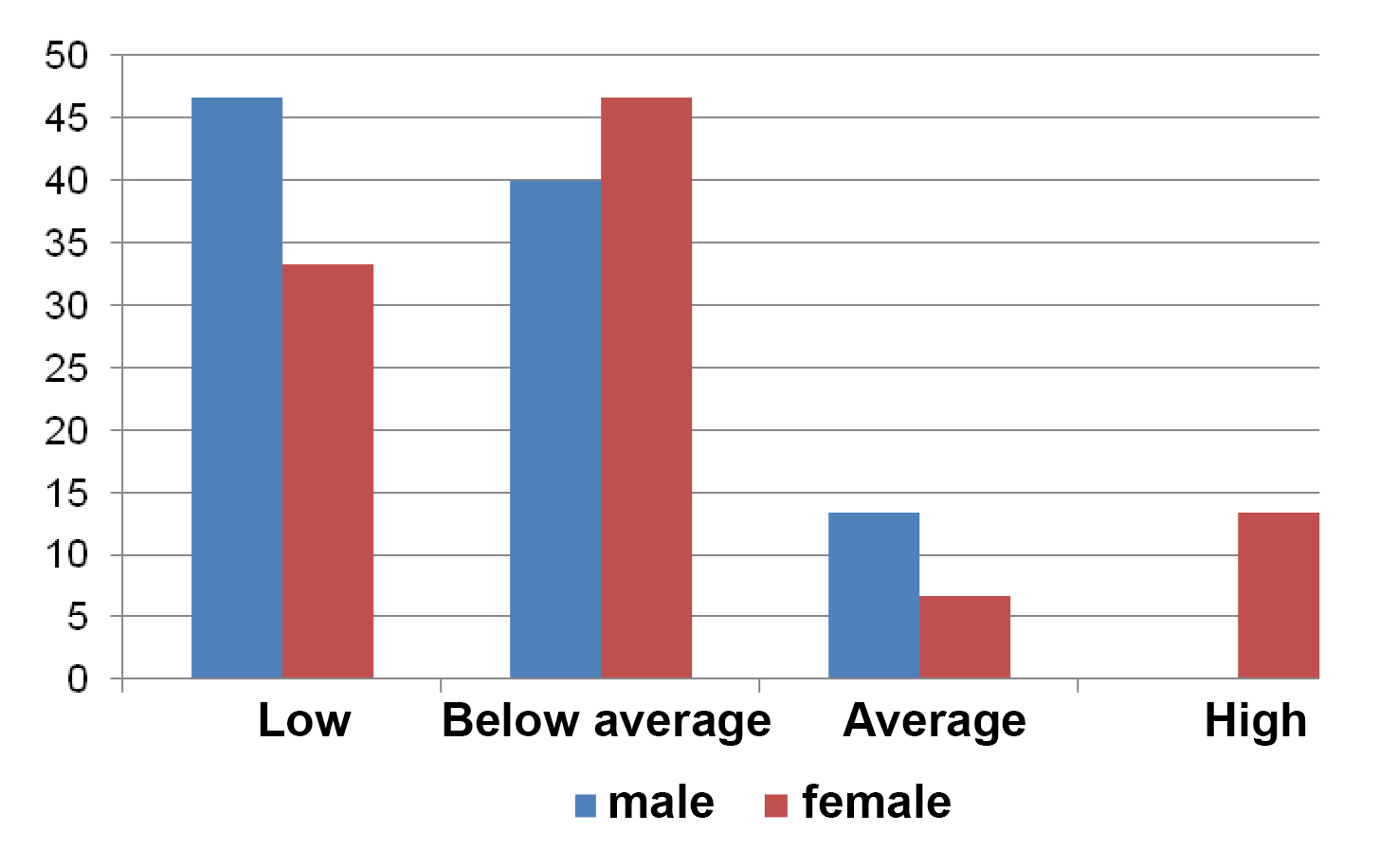Ways to cope with interpersonal emotional barriers in academic volleyball teams
Фотографии:
ˑ:
Dr.Hab., Associate Professor E.A. Cherepov1
PhD, Associate Professor G.K. Kalugina1
1South Ural State University (National Research University), Chelyabinsk
Keywords: interpersonal communication, emotional barriers of communication, academic teams.
Background. Every human activity is known to be largely driven by interpersonal communication, and sports are no exclusion, with the quality and success of sporting activity being directly dependant on the players’ communication efficiency in the training and competitive processes.
Even modern individual sport disciplines imply interpersonal communication of competitors based on certain rules. Team sports are even more sensitive to the quality and logics of the communication process which is pivotal for the teamwork and team unity on the whole and the competitive success in particular [3].
Practical experience shows that many conflicts and disagreements in team sports are due to the players’ communicative inability or inefficiently. Communication barriers are always associated with expressed negative emotions like shame, feel of guilt, fear, anxiety, inferiority complexes etc. In opinion of A.V. Mudrik, a barrier of negative emotions may be ranked among the key psychological barriers for communication; and it may be formed as a result of:
– Distress and grief;
– Strong irritation and anger;
– Fear, shame and feel of guilt; and
– Bad mood caused by physical and/or emotional factors [2].
Objective of the study was to rate the emotional barriers for interpersonal communication in the picked sport teams of South Ural State University.
Methods and structure of the study. The study was performed in the period of September to December 2016 at South Ural State University (National Research University). Subject to the study were 30 players aged 18-23 years from two picked (women’s and men’s) volleyball teams of South Ural State University. The subjects were surveyed using the V.V. Boyko’s Emotional Barriers in Interpersonal Communication questionnaire [4].
The emotional control domain of the players was classified into the following five elements for analysis: poor emotional control ability; excessive emotionality; inflexible and underdeveloped emotionality; dominance of negative emotions; and unwillingness to make friends using emotional contacts.
To help the players overcome interpersonal emotional barriers, we developed a communication skills improvement training model including role playing games and special exercises to develop the individual communication control knowledge and skills [1]. In the role playing games, the players were encouraged to report and analyse their own (and teammates’) actions, feelings, thoughts and sensations to better understand the behavioural models of the surrounding people.
The training sessions were designed on the following logics:
1. Universality, with the training games applicable to any group of trainees.
2. Teamwork, with the games and exercises intended to consolidate groups and teams.
3. Effective training process management, with the games, exercises and tasks geared to cultivate determined teamwork and facilitate interactive learning process.
4. Modular design, with the material of the training games and tasks combined to form versatile combinations.
5. Integrity of the training system, without giving special preference to any psychological technique/ method.
The 10-15-minute communicative training sessions were scheduled three times a week prior to the regular training practices. The communicative training cycle lasted three months. Given in Table 1 hereunder are the exemplary training games and exercises.
Table 1. Communication skills developing exemplary training games and exercises
|
Game name |
Game goals |
|
Asian marketplace |
– Help the players get acquainted and bridge the gaps in communication; – Scale down the natural tension by active involvement in the role game “here and now”; and – Raise interest of the participants in one another via competitive partnership. |
|
Ten seconds |
– Mitigate/ help overcome the anxiety in the participants; – Help the players bridge the gaps in communication; and – Facilitate emotional unity of the team being cultivated. |
|
Stone on the road |
– Develop focus on the partner; and – Encourage joint emotional experience in the collective goal being attained. |
|
Speech chain |
– Train the ability to hear and understand; – Train the ability to concentrate on the partner; and – Train memory and listening ability. |
|
Three touches |
– Train quick wit and the ability to pick the right material from data flow; – Consolidate the team by the permanent active teamwork; – Facilitate the communicative skills development and excelling process by the effective teamwork; and – Secure versatile interpersonal contacts for every trainee. |
|
Physical relay race |
– Ease tension in the team by active involvement in collective physical efforts; – Encourage partnership relationship building process; – Encourage body language being applied for communication; – Facilitate physical relaxation of the players; and – Develop the ability to concentrate on the partner. |
|
Emotional relay race |
– Develop the language of gestures, mimics and body language to improve the efficiency of non-verbal communication and emotional contacts; and – Encourage the efforts to form a climate of friendliness and focus on the partner. |
|
Friendly parody |
– Establish due feedback related to the non-verbal communication tools; – Develop the language of gestures, mimics and body language to improve the communication efficiency; and – Contribute to the friendly atmosphere building efforts. |
|
What’s next? |
– Establish the climate of emotional freedom, openness, friendship and trust in the group; and – Help the participants to bridge the communicative gaps. |
Study results and discussion. Prior to the experiment, the subjects were tested for the emotional barriers in the interpersonal communication process. The study data showed only 13.3% of the subjects having relatively low emotional barriers, with about half of the subject volleyball players of both genders tested with high emotional barriers for communication effectively hampering their contacts with other people: see Figure 1.

Figure 1. Classification of the subjects by the levels of emotional barriers prior to the experiment, %
Furthermore, 50% and 40% of the female and male subjects, respectively, failed to control and manage their emotions, and this inability complicated their relationship with the teammates. 70% and 40% of the female and male subjects, respectively, tended to inadequately express their emotions; and 50% of the volleyball players of both genders were tested with underdevelopment, inexpressiveness and stiffness of emotional manifestations. Negative emotions were found dominating in 30% and 20% of the female and male subjects, respectively, and these subjects faced difficulties in contacts with other people. Furthermore, 70% and 20% of the female and male subjects, respectively, were found unwilling to contact people on an emotional basis: see Figure 2.

Figure 2. Emotionality ratings of the subjects prior to the experiment, %
male female
1 – emotional control inability; 2 – inadequate emotional control; 3 – emotional underdevelopment, inexpressiveness and stiffness; 4 – dominance of negative emotions; 5 – unwillingness to establish contacts on an emotional basis
This finding is supported by some other researchers. Thus P.M. Yakobson notes that adolescents demonstrate high emotional sensitivity to a variety of factors [6]. In opinion of I.S. Kon, this age group normally lives a turbulent and crises-struggling life with serious emotional and behavioural problems and acute conflicts with surrounding people and themselves. The high need for communication forces them look for an understanding listener to share the most critical problems with, the need being more expressed in the female population. The understanding may not necessarily be rational as they rather expect emotional contacts and empathy [5].
Upon completion of the communicative training, the subjects were retested: see Figure 3.

Figure 3. Classification of the subjects by the levels of emotional barriers after the experiment, %
The above diagram shows that the shares of low emotional barriers grew up to 33.3% and 46.7% in the female and male subjects, respectively, whilst the shares of high barriers notably sagged: see Figure 3.
Improvements in the teamwork of the subjects were rated indirectly by their competitive success rates. We considered only the top-ranking competitions under the analysis. Thus, the men’s picked team won the first prize in the Cup-R-Sport Volleyball Tournament under the III International Festival of Student and Youth Sport “Moscow Games 2016”. In addition, both the men and women’s picked teams won prizes in the 2016 University Games of the Chelyabinsk region.
Conclusion. The study demonstrated benefits of the 10-15-minute role playing games and exercises to help the players better cope with interpersonal emotional barriers; scale down the obstacles in the efforts to establish emotional contacts; and ultimately improve the teamwork.
References
- Kipnis M.Sh. Bolshaya kniga luchshikh igr i uprazhneniy dlya lyubogo treninga [Big book of the best games and exercises for any training]. Moscow: AST publ., 2014, 637 p.
- Mudrik A.V. Sotsializatsiya cheloveka [Socialization of man]. 3rd ed., rev., ext. Voronezh: RAO-MPSI publ., 2011, 624 p.
- Fadina A.G. Psikhologiya obshcheniya v sporte. Ucheb.-metod. posobie [Psychology of communication in sports. Guidance]. Astrakhan: Astrakhan University publ., 2011, 104 p.
- Fetiskin N.P., Kozlov V.V., Manuylov G.M. Sotsialno-psikhologicheskaya diagnostika lichnosti i malykh grupp. Ucheb. posobie [Socio-psychological diagnostics of individuals and small groups. Study guide]. Moscow: Institute of Psychotherapy publ., 2005, 490 p.
- Semenyuk L.M. Khrestomatiya po vozrastnoy psikhologii. Ucheb. posobie dlya studentov [Developmental psychology. Reader. Study guide]. Ed. D.I. Feldstein. 2nd ed, sup. Moscow: Institute of Practical Psychology publ., 1996, 304 p.
- Yakobson P.M. Psikhologiya chuvstv i motivatsii [Psychology of feelings and motivation]. Voronezh: MODEK; Moscow: Institute of Practical Psychology publ., 1998, 304 p.
Corresponding author: cherepov.e@mail.ru
Abstract
The study considers problems of interpersonal emotional barriers in the academic volleyball teams that may trigger conflicts and disagreements – largely due to the players being unskilful and ineffective in communication domain. Subject to the study were 30 players aged 18-23 years from two picked volleyball teams (women’s and men’s) of South Ural State University. The emotional control domain of the players was classified into the following five elements for analysis: poor emotional control ability; excessive emotionality; inflexible and underdeveloped emotionality; dominance of negative emotions; and unwillingness to make friends using the emotional toolkit. To help the players overcome the interpersonal emotional barriers, we developed a communication skills improvement training including role playing games and special exercises to develop the individual communication control knowledge and skills [1]. In the role playing games the players were encouraged to report and analyse their own (and teammates’) actions, feelings, thoughts and sensations to better understand the behavioural models of the surrounding people.
The study demonstrated benefits of the 10-15-minute role playing games and exercises to help the players better cope with the interpersonal emotional barriers; scale down the obstacles in the efforts to establish emotional contacts; and improve the teamwork as a result.



